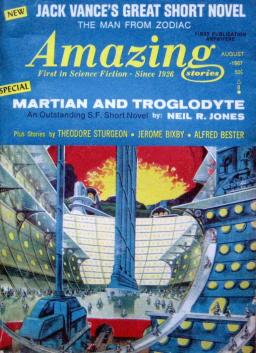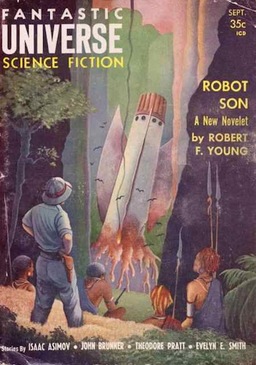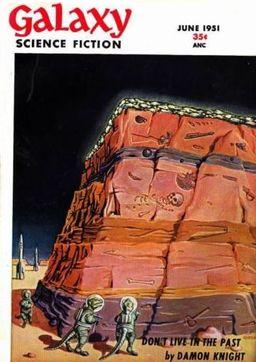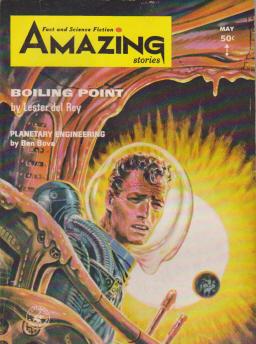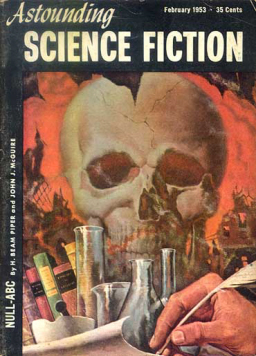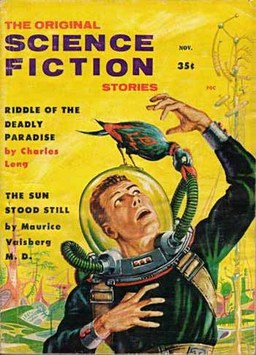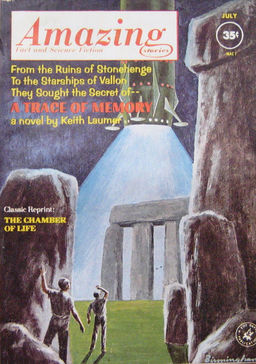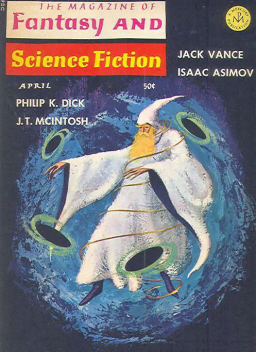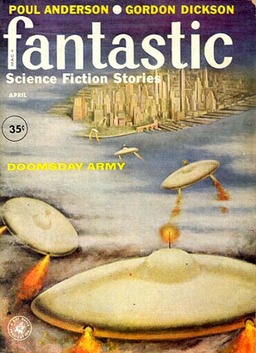Future Science Fiction, July 1953: A Retro-Review
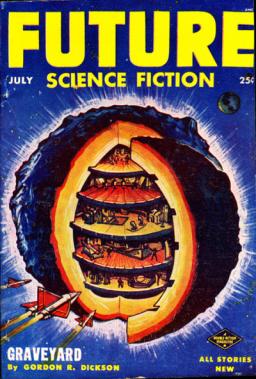 I’ve been tracking down some less well-known Jack Vance stories, and that’s what led me to this issue of Future Science Fiction.
I’ve been tracking down some less well-known Jack Vance stories, and that’s what led me to this issue of Future Science Fiction.
Future was one of two magazines (the other being Science Fiction Stories — in its later years sometimes called The Original Science Fiction Stories, though that was never its official title) that Robert A. W. Lowdes edited for Columbia Publications, off and on, first for a couple of years in the late ’30s and early ’40s, after which the titles were revived in 1950, and continued to be published until 1960, under a set of titles and numberings that frankly make my head hurt.
I’ve written about Lowdes’ magazines before, and noted that he always had a tiny budget and still managed to produce pretty fair issues. This issue isn’t a particularly strong one, but it does have a quite distinguished list of authors, only one of whom could be called “Little Known.”
The format at this time was that of the classic pulp, about 7” by 10” with low quality paper. The cover here is by Milton Luros, illustrating Charles Dye’s “The Aeropause.” The features include “Down to Earth,” an extended letter column, this time featuring mostly letters suggesting alternate endings to Clifford Simak’s “… And the Truth Shall Make You Free,” which had appeared in the March issue.
It seems Lowndes had requested just this. I’m not familiar with the story, so I really couldn’t make head nor tail of the discussion. The only name I recognized among the letter writers was Robert Coulson, later a Hugo winner (with his wife Juanita) for the fanzine Yandro (which began appearing in this year, 1953), and also a novelist (mostly in collaboration with Gene De Weese.) Coulson was also credited as cowriter on Piers Anthony’s Laser Books novel But What of Earth?, but that was entirely against Anthony’s wishes, as Coulson made a number of changes at the behest of Laser series editor Roger Elwood, changes Anthony completely opposed. (Thanks to Ian Covell for this tidbit).
